Evaluation of Model Concepts
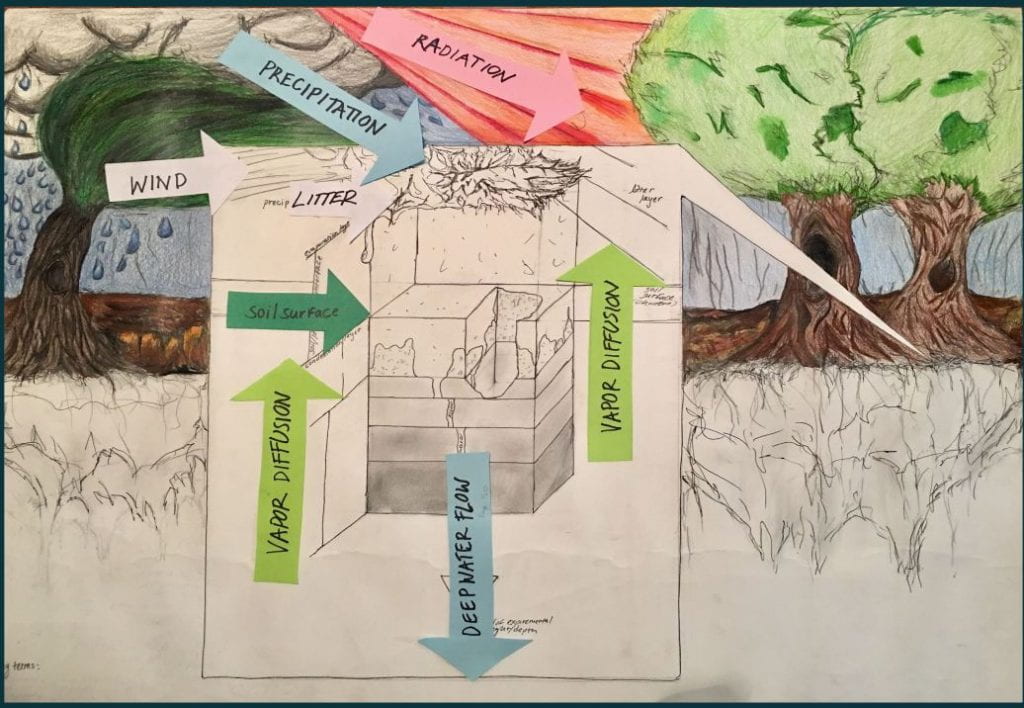
Objectives
The overarching goal of the proposed research is to advance our understanding and modeling of mass and energy exchange at the land-atmosphere interface over a wide range of scales, and ultimately improve land surface models (LSMs) that are utilized in global climate prediction.
1. Evaluation of model concepts to describe water transport
The objective of this work is to test different mathematical formulations used to estimate evaporation from bare soils to critically evaluate the model formulations, assumptions and surface boundary conditions by comparing with experimental. The models include (1) the Richards model (non-isothermal one-component one-phase model), (2) the Richards vapor model (non-isothermal, Richards model including water vapor transport) and (3) the non-equilibrium phase change two-component two-phase model (non-isothermal, referred to as the Non 2–2 model).
2. Effect of Soil Layering on Moisture and Evaporation Dynamics
The objective of this study is (i) investigate how the near-surface soil moisture and evaporation flux are influenced by soil layering and (ii) identify the amount and type of information (i.e., characteristics of moisture and evaporation dynamics) needed for the interpretation of the soil properties.
3. Soil-Air Interactions Affected by Surface Roughness based on in Situ Measurement
The surface roughness can affect the transfer process in the soil, from soil into the atmosphere, as well as the atmospheric interaction with the soil, but to what extent the resulting patterns influence the evaporation requires further investigation. The objective of this study if to evaluate the effect of the soil surface roughness on the soil-air interactions and parameterize the effects in to large scale models.
Methods
- Multiphase Numerical Simulation
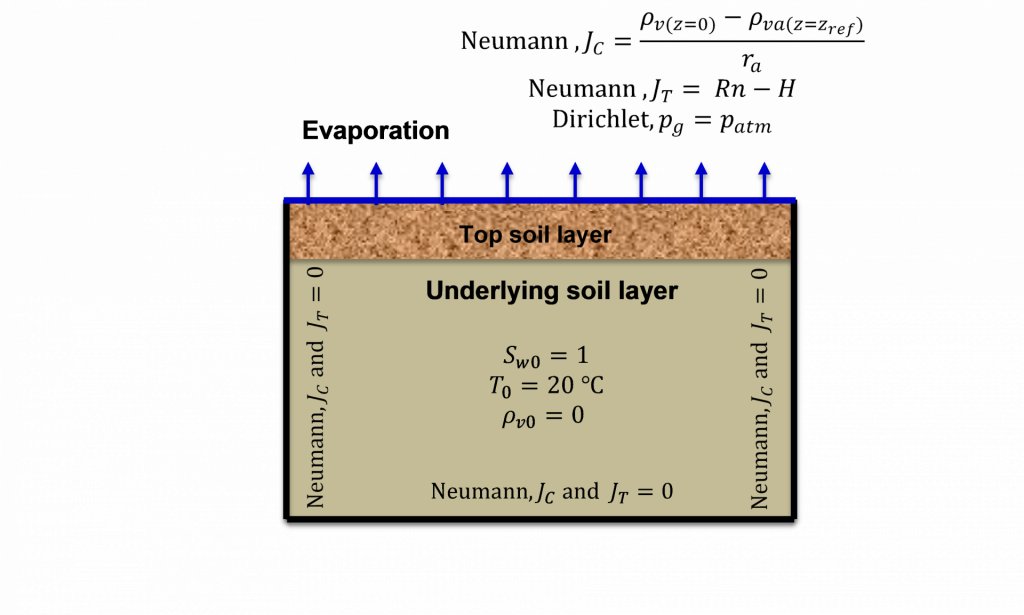
2. Labratory Experiment
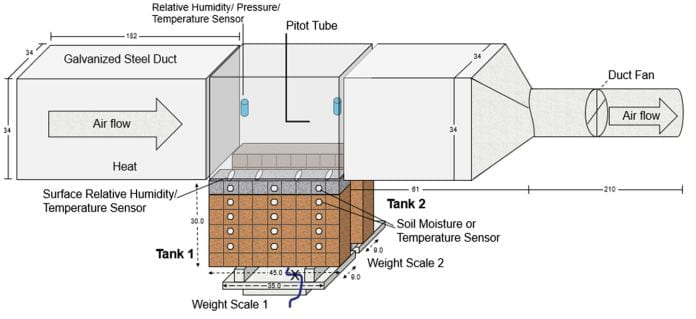
3. Field Experiment
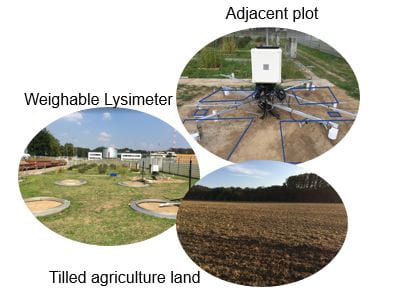
Results
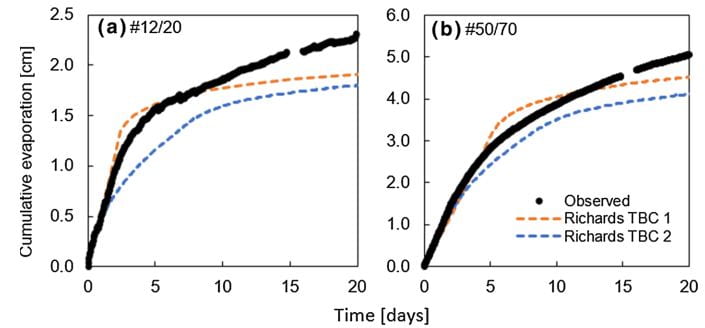
Figure 3 shows the comparison between three modeling approaches. The setting (i.e. TBCs, discretization and phase change rate) with the best fit with the observed cumulative evaporation for each model is adopted. Under such conditions, the simulation results of the three modeling approaches shows little difference.
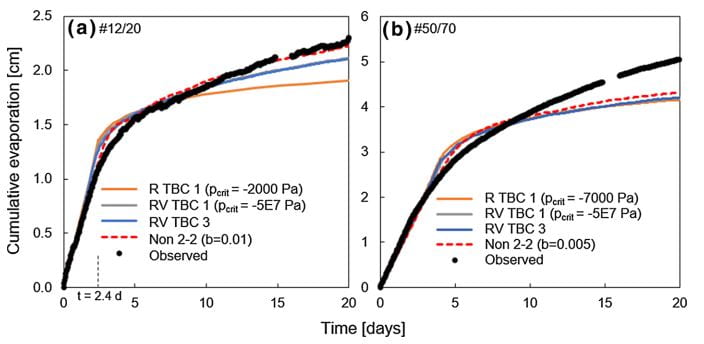
(Li et al., 2018).

Recent Publications
Li, Z., Vanderborght, J., & Smits, K. M. (202X). Effect of Soil Layering on Moisture and Evaporation Dynamics with Implications for Estimating Soil Properties. Vadose Zone Journal. (under review)
Gao, B., Farnsworth, J., & Smits, K. M. (2020). Evaporation from Undulating Soil Surfaces under Turbulent Airflow through Numerical and Experimental Approaches. Vadose Zone Journal (Accepted )